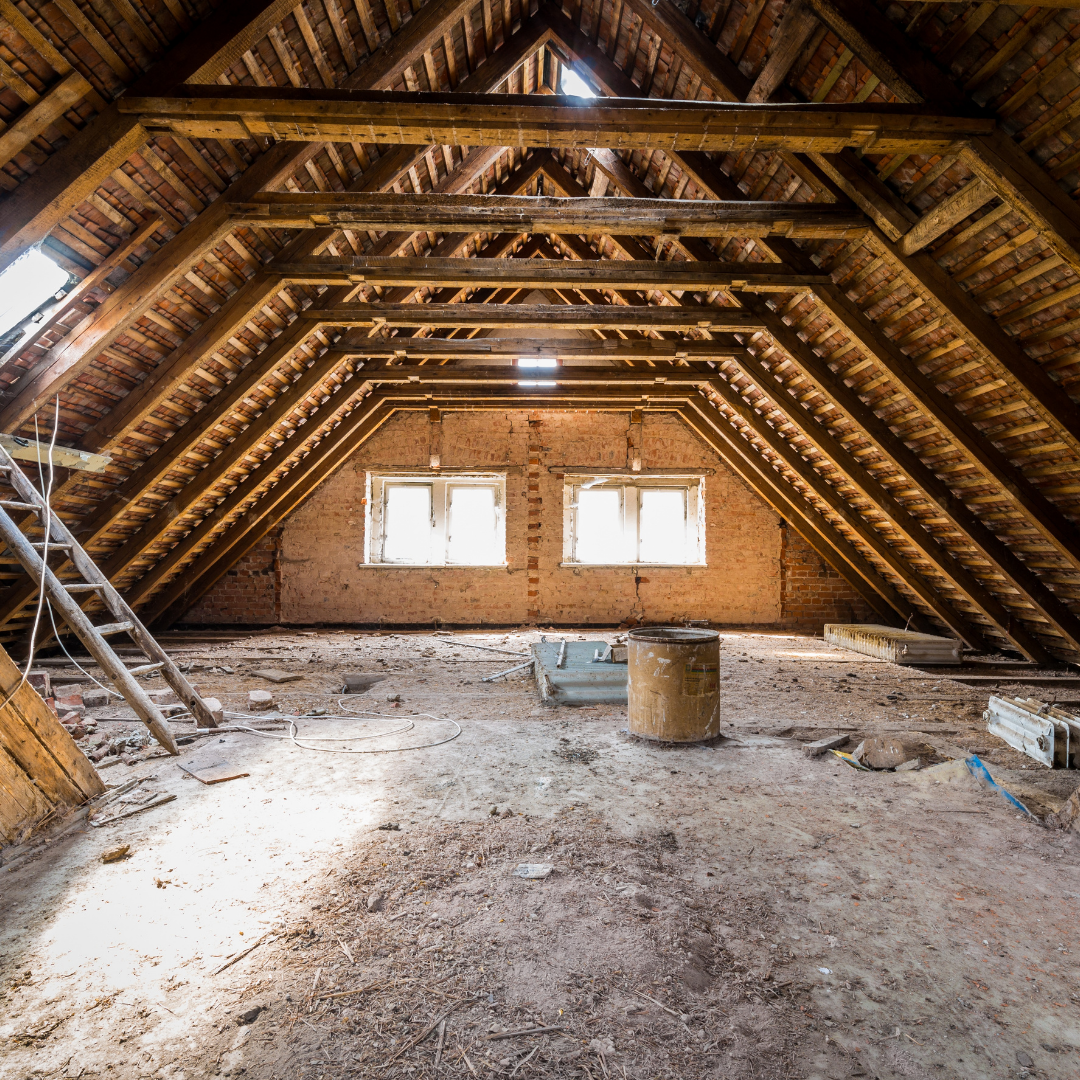7 Ways to Improve the Efficiency of Your Attic
Just as hats assist to insulate your head and regulate your body temperature, a home’s attic is important for overall energy efficiency, comfort, and good air quality. Unfortunately, old or outdated attics contribute to homes that fail to meet thermostat needs, have pest problems, dirty air in the air ducts, and have trouble controlling moisture.
The seven attic upgrades listed below will increase your home’s energy efficiency while also improving whole-home comfort and better indoor air quality.
Make an appointment with an attic specialist for an energy assessment.
Insulation contractors are experts in attics. The easiest way to assess what needs to be fixed is to schedule a professional attic inspection. The trick is to work with a qualified, local insulation contractor who has a reputation for integrity and fair pricing. You don’t want to be given services or items that you don’t need.
You should also look for a contractor who is well-connected in the area. As a result, he’ll be able to connect you to reliable contractors for non-insulation-related repairs like roof repairs, plumbing, or electrical work that has to be done at the same time.
Your attic may be more efficient by sealing it.
Over time, the weatherstripping and seals around windows, roof edges, external walls, and penetrations degrade. Any cracks, leaks, or holes in these locations enable cold air to escape during the summer, while warm air from your heater escapes during the winter.
Air leaks force the HVAC to work overtime as it strives to maintain thermostat temperatures, in addition to drafts and changing temperatures. The HVAC system will function more efficiently once you fix air leaks and reduce drafts. Because heating and cooling account for nearly half of all energy use, any reduction in HVAC usage result in immediate cost savings.
Update or replace your insulation.
The attic inspection will also reveal whether or not the insulation in the attic needs to be updated or replaced. We search for a number of things, including:
- Quantity of insulation. Is it sufficient? Insulation is frequently lost, missing, broken, or flattened in older homes. Adding more batts may be all that’s needed to restore adequate insulation.
- Efficiency quality. Is your insulation up to date in terms of energy efficiency? Building standards in the Bay Area include some of the most severe requirements for insulating the attic to make it more energy-efficient. Most importantly they follow the government’s Energy Star guidelines.
- Is it broken? Insulation loss is caused by a variety of factors, including previous leaks, recurrent moisture damage, negligent subcontractors, and pest infestations. Depending on the extent of the damage, we may propose adding extra insulation to make up the difference or replacing the whole insulation system.
Roofing materials should be repaired or replaced.
During the summer, solar heat gain adds significantly to house comfort. An older, unventilated attic may reach temperatures of 150 degrees F or more without proper roofing materials and insulation. All of that heat is transferred to the living spaces below. Leaky roofs also cause moisture problems, increased humidity, and the possibility for mold and mildew growth, all of which affect indoor air quality.
The use of reflective roofing materials makes a huge difference. We suggest arranging an inspection with a roofing contractor if you intend to check and upgrade the attic.
Update the ventilation system.
When it comes to comfort and energy savings, the attic trifecta consists of roofing, insulation, and ventilation. Attic ventilation removes hot, humid air while letting fresh air circulate back in, lowering indoor air pollution levels. Ventilation is also important in the moisture/humidity control system in the home.
Attic ventilation is usually included in the roofing system. If your attic is poorly ventilated, however, attic and insulation professionals can add aftermarket solutions. Intake vents, exhaust fans, ridge vents, static vents, and solar-powered vents are all alternatives.
Pest removal & clean up
Rat and other rodent droppings are common in attics, according to many homeowners. This is true. Any signs of rodents, vermin, or other invaders (mold and mildew, for example) should be dealt with as soon as possible. Pests offer health risks through illnesses and waste-product odors that move through the ducts and infiltrate through walls, in addition to gnawing and building nests in the insulation, continual feces build-up, and significant structural damage.
The best method to remove existing infestations, prevent mice from gaining access to the attic in the future, and fully clean and disinfect the attic is to hire a company specializing in rodent treatment.
Air ducts should be cleaned, repaired, and replaced as needed.
When was the last time you cleaned or examined your HVAC air ducts? The answer, if you’re like most Bay Area residents, is “not since the HVAC contractor finished the job.” Dust, mold spores, pollen, and other particle matter that gets into forced air systems and impairs indoor air quality may be removed by cleaning the ducts every few years.
Ducts can also separate at the seams, segments detach, or the insulation comes undone (if they’re insulated at all; they could not be if you live in an older home). These problems are being addressed at the same time. Schedule your attic inspection and clean up with American Attic today!

